Recycled tire-derived rubber is considered a tire-derived material (TDM) that is used as a feedstock material in the manufacturer of tire-derived products (TDP) and for a wide variety of end uses. TDM is used in athletic, recreation and play surfaces intended to prevent injuries from impact with the surface during play or falls and lower extremity injuries from rotational and lateral friction. The choice of using TDM is ultimately the decision of the owner. Performance merits and proven lack of toxicity based on science will have little bearing on the choice should an owner’s community or political pressure dictate otherwise. As a result, we are providing information, history, and choices that may help an owner or community make choices that best meet their needs.
Recently and for the past 30 years, there has been concern over the potential risk of developing a disease as a result of exposure to recycled tire rubber. Over this thirty-year period, there have been numerous studies on this subject performed by industry and government agencies. At the same time, there has been a societal change in the degree of harm to which users are willing to accept as is evidenced in the rise of the profile for concussion prevention rather than life-threatening injuries as stated in playground standards. Information and opinion flood the internet through social media and peer review studies and allows writers and readers to build and add to controversy or share to add context and perspective to issues. Although there is merit to the use of TDMs for the recycling point of view, the purpose of play, sport and recreation surfaces are to treat TDM as a feedstock combined with other products to create a new product with technical performance characteristics. These manufacturers must be held to the same level of scrutiny as any other consumer product and other TDPs, which are subject to extensive testing.
Standards, studies, regulations, and application of logic are keys to developing when and where recycled tire rubber is appropriate. How and who are writing the standards, studies and regulations are important to credibility and acceptance gave by the reader and subsequently user of the products. A problem with a raw material as specific as tire rubber is that studies are expensive and sometimes the only funder is a manufacturer or group of manufacturers or their trade association with a true interest in knowing the properties of the raw materials meets the requirements of the customer. Unfortunately, this has sometimes caused readers and organizations to view the report with skepticism and question whether the study is comprehensive enough. There are also those in the study business, who will always find fault with someone else’s work, or raise obscure questions that promote their business and add nothing to the science or add positively to knowledge or advance the state of the art.
In looking at the use of recycled tire rubber as a raw material in sport and recreation, it might be instructive to look at the history and expansion of manufacturing, product advances using the unique features of tire rubber, the mechanisms of exposure through skin, ingestion and inhalation, the nature of a manufactured product and the ability of the user to become exposed to tire rubber in a manner or quantity that might cause a problem. To assist in understanding how a user would come in contact with tire rubber, the types of products and methods of manufacture will be discussed. It is important to understand the role of standards to assist the user with test methods and performance criteria for the use of recycled tire rubber. Also who are the authors and influencers and what standards actually require or how standards should not be mistaken as best management practices.
Tires have long been considered a major environmental problem, not from a toxicity point of view, but disposal. Tire piles have built up over decades, which at first were unique pictures of the emerging industrial world post-WWII until tire fires polluted the air and groundwater and caused government agencies around the world to take on change. The first effort was to embrace the first R of recycling, which is reduce, through longer lasting tires by extending the life of the tire on the road through better chemistry and more durable manufacturing. A second effort was to take a better-built carcass that allowed for the grinding down the outer skin and recapping it. This effort reduced the waste stream by 40-60%, but ultimately tires are no longer functional as a safe carrier of vehicles on roads and they are removed. To some extent, the next stage of recycling emerged, reuse. Tires that are no longer able to withstand the rigors of the road system, could still be used in agriculture and some emerging economies, but this did not solve the problem as it involved a small quantity and eventually, these tires also ended in the dumps. The problem with end-of-life tires is not toxicity, but rather the problem, due to their high quality and durability, how to make the end of life processing cost effective. The dream of returning the tire to the constituent parts still eludes; however, others found that taking the tire rubber and reshaping it through shredding and granulation that the positive physical properties of durability and resilience would make it an ideal raw material and extender for new products.
Over the past 50 years, the products and markets for products containing recycled tire rubber have expanded significantly. The first large and significant user of tire rubber was Berleburger Schaumstoffewerke (BSW) which bonded tire buffings with polyurethane to make running tracks, gymnasium flooring, playground tiles and other associated products back in the 1960s. These were initially molded products manufactured under pressure. Others used tire rubber as a filler along with polyurethane elastomers and then polyurethane prepolymers for athletic surfaces. Other efforts to use tire rubber in athletic surfaces was as a filler for asphaltic running tracks or latex bound tracks and tennis surfaces that no longer carry much favor, but this did spur others to investigate using rubber crumb as an extender for other products such as roofing and roadworks. These industrial practices have the potential to consume a large number of tires, but certain technical limits do not allow it to consume all tires.
The success of the Regupol product from BSW brought other manufactures in the molded products area and efforts to bond rubber with durable binders (polyurethane) for other products such as playgrounds. The playground surfaces, whether molded or produced on site, entered the market during the 1970s and 80s as consumer products with potential direct exposure to children. Due to the durability of the bonding materials, there is no exposure directly to the tire rubber. Additionally, with these products being in wide use around the world for more than 40 years, there are no reports of adverse effects of the playground or athletic surfaces.
During the 1980s there was a concern in the athletic community of injuries to the lower extremities in activities such as field ball play and tennis. The injuries we related to surface that would bind the shoe to the surface preventing release of rotational and lateral friction. The answer was to use a granular material to provide “glide” and release of pressure. In tennis, this was provided through rubber granules, primarily EPDM for aesthetic reasons, and in synthetic turf Omnigrass utilized silica sand. The sand proved to be abrasive and dusty causing problems with durability and lost favor. The twist on an idea came from Quebec, Canada where the sand was replaced with tire rubber granule. This eliminated the dust and damage of the sand and brought an energy absorption to the surface that added to player comfort, impact attenuation and reduction in injury. This application of loose rubber with or without a sand component has come to dominate the synthetic turf industry over the past 15 years.
Around the turn of the century, loose rubber came to the playground in the form of nuggets, shreds, and crumb as a replacement for sand and gravel. These traditional materials if selected and maintained properly had excellent impact attenuation properties, but the proper grading and constant maintenance made loose rubber a cost-effective alternative. Being inert, the tire rubber was ideal in the prevention of impact injuries provided there was no exposed wire that could harm children. The potential of wire is a real concern for this application, whereas exposure to toxic or harmful chemicals has proved to be a fabrication.
We live in a world with 118 elements that are combined to form the building blocks upon which we live. Some of the elements in and of themselves are harmful, but we drink from pewter goblets, which contains lead, and most people born prior to 1970 have fillings in their mouth made of amalgam, containing 50% mercury. Another example of highly volatile and lethal elements is sodium and chlorine which when combined forms common table salt and a necessary part of everyone’s diet. Tires are a marvel of chemistry taking a large number of raw chemical components and binding chemically and under heat and pressure to fuse them to a comprehensively new product that is not reversible to its constituent parts. During the entire history of the use of tire rubber, the question of potential harm and injury has been part of the conversation, spurring multiple studies. The most comprehensive of these was that published by the State of California in 2007 by the Office of Environmental Health Hazard Assessment. This study looked at tire rubber and tire-derived products in two very different ways. The first was the products that were manufactured and whether they met their purpose of protecting children from life-threatening and debilitating injuries resulting from falls and in this respect there was an over 70% failure rate. On the other hand when it came, to a review of the toxicology of the tire rubber itself in an unbound state, no issues related to toxicity were found. This study broadened the market for tire-derived products, particularly in their ability to help playground owners meet the mandated requirements of the ADA.
Even if the multiple studies have shown that the tire rubber can and should be used in a beneficial manner for playgrounds, athletic facilities, and fields, there will always be people who wonder about the unknown and while recognizing the benefits of the tire product would like to see an application that reduces their exposure to direct contact through ingestion or inhalation. Therefore we can look at the individual products, what the benefit of the tire rubber is and how likely is it they will come into direct contact with the tire rubber and what alternatives are there to reduce contact. It would be instructive to look at the highest direct exposure to the least and the reader can make an informed choice as to what they would purchase and install. This may require the owner/operator or their consultant to write specifications and warranties that exceed the minimums of standards to ensure their requirements are being met.
Unfortunately, the success of recycling North American and European tire rubber has encouraged manufacturers of foreign tires and industrial scrap rubber to an available market. Foreign TDMs often arrive as low-cost alternatives to North American made tires and has not been the subject of the testing for toxicity and these should likely be the source of further scrutiny.
Before looking at the risk of exposure to a potential hazard, it is important to establish the routes of entry to the body. The first and most obvious is skin contact either through the intact skin or a wound that could occur during the activity and could be exposed. Since the tire rubber is a cured chemical compound and play and sports activities would not create any circumstance that could melt the rubber, we can rule out that skin contact would result in any harm. There have been instances where athletes have contracted infections, but it was determined that the infectious agent was on the surfacing from spit or other body fluids and not the surface itself. The second route of entry is inhalation and this would require that the rubber particles be very small and that the user of the surface would have to be in very close proximity to the surface and be inhaling deeply at the same time. This is a likely scenario for some athletes on sports fields, but then there is nothing in the lung or airways that could cause decomposition of the rubber and it is eventually expelled. The greater risk of inhalation of tire crumb might the rubber nuggets in the playground that could be a choking hazard, but again expulsion or swallowing is more likely. This leads to ingestion and subjecting the tire rubber to aggressive decomposition by stomach acid. These tests are actually part of the 2007 California study and they found that if the tire rubber were to remain in the stomach there would be nothing in the decomposed material that would be in a quantity greater than other products used by consumers every day. Another aspect of the tire rubber chemistry is that it does not decompose easily even with acids and tire rubber that is swallowed is going to be expelled virtually intact. The hazard for swallowing tire crumb is more the potential for exposed wire acting aggressively on the digestive system than exposure to chemicals and absorption that are harmful.
Playground Surface Systems
Although synthetic surface systems have been around more than 50 years some of these surfacing systems are the subject of patents and it would serve the owner and the consultant will to not treat surfacing as generic and find they have a totally new legal issue to deal with. The solution to this is clearly stating that the supplier is ultimately responsible for the cost of any litigation or awards as a result of patent infringement.
Loose Rubber Nuggets, Shreds, and Crumb Rubber
Granular materials such as pea stone have long been viewed as excellent energy absorbers in the playground, but these had problems with becoming hard and hazardous over time. Loose crumb, shred or nuggets provide the same or better impact attenuation properties and therefore provides excellent protection from injury. For the concern of exposure of the product to the child, it is obvious that children can pick up pieces and put them in their mouths or have them forced into the mouth during a fall. The California study indicated that there would be no adverse health effects to the child from the tire rubber. Most tires manufactured since the 1970s have steel wire to reinforce the tread. In the processing of crumb, it is important that these be removed since although the tire rubber might not be toxic and wire as long as ½”, as allowed in ASTM F3012, would play havoc with the digestive system of a child or could cause a skin puncture in the playground. These are more obvious in larger particles than a smaller crumb.
The published television reports purporting to outline the hazards of this type of tire rubber an Oregon playground failed in its duty on being fair and balanced. Watching the clip indicates that the amount of cover over the existing base materials showed little to no cover and this, especially in the area of the swings, poses a high risk of head injury that could be life-threatening as recently occurred in the State of Washington on an engineer wood fiber (EWF) surface and other locations with other surfaces. Head impact in playgrounds in the most severe injury and generally with immediate and long-term effects. Failure to maintain the depth of a surface system puts the child squarely in the crosshairs of severe injury and death. This is a problem of maintenance by the owner and not that of the surface system.
Synthetic Turf with Tire Crumb Infill in Fields or Playgrounds
As outlined above, the benefit of tire crumb in turf is two-fold. The first is the reduction of rotational and lateral friction due to the granular nature of the product and its ability to allow the foot to “glide” when the appropriate amount of force is applied to the surface. This function can be achieved with any granular materials with “slip” properties, but factors such as dust inhalation and the toxicity of the alternatives should also be considered. The second function of the rubber crumb is impact-absorption to protect the player or the child in the playground.This property only exists if the surface is properly maintained and the rubber depth and density maintained. Keeping the rubber in place in a dynamic and active environment such as a playground (under swings and ends of slides) requires significant inspection and maintenance as loss of the material is not always apparent. For playgrounds, there are systems that use various combinations of bonded and loose rubber under the turf and this is often more effective and reduces the need for large quantities of maintenance. This would also allow for the use of a less than ½” pile height carpet to allow the surface to meet the ADA. In athletic fields, there is also an alternative to loose rubber infill, with bound rubber, bonded foam or manufacture underlayment for the field providing the impact attenuation. This often has better impact attenuation properties than the loose infill, but the infill that is installed for the release of lateral and rotation friction would have to change to a sand or a nonabrasive material that does not reduce the life of the turf. These are all choices that the manufacturer can bring to their client and the prudent owner/operator will establish their individual requirements. As long as the product is of a size to be put in the mouth and chewed on, consideration should be given to its use.
The most recent study on the toxicity of rubber was for the turf system with loose rubber infill at Lower Canada College in Montreal, Canada installed in 2014. This study by Labosport, an internationally recognized laboratory and validator for the Federation International de Football Association (FIFA), showed that for 18 chemicals listed in the European Toy Directive that all were below the allowable limit for toys for children. This study from the Synthetic Turf Council and the associated tests, or similar toy tests might become future requirements of specifications and contracts to assure the owners and their communities of the elimination of this hazard.
Moulded Recreation Surfaces
Products including sheets, mats or tiles for tracks, athletic, play and recreation surfaces.
These are the original products and have a history of more than 50 years of use in all types of venues. Generally, these products are manufactured through the mixing of the rubber with the polyurethane binder and subjecting it to pressure to hold the granules in place until the binder has cured. The use of pressure allows for a high degree of quality control for the performance of the product and also allows the manufacturer to reduce the quantity of expensive binder significantly. As compared to an on-site produced surfaces at 18-21% binder, the molded product is 4-8%. This reduced binder allows for lower cost, but at the same time, the thickness of the film of polyurethane around the rubber is considerably less. There are also molded materials, mostly sheet goods that are manufactured in logs or blocks and then cut by veneering the log or slicing the block. This process invariably cuts through tire crumb exposing it directly to the air and the user. The years of use of this type of product as tracks and indoor flooring for exercise rooms and gymnasiums would confirm that skin absorption or inhalation of the air are not of concern.
On-Site Mixed and Installed Surfaces (Poured-in-place)
This involves the bringing to the site of installation all of the constituent materials, the tire rubber and the binder. These are mixed for a specific period of time and then brought to the site and installed to the depth and density that the application requires, whether a running track or playground surface. These systems cannot rely on pressure as with the molded products and for this reason the percentage binder and as a result, the thickness of the film around the rubber is considerably thicker than any other bound application. The binder would become more important than the rubber from a potential hazard point of view, but polyurethane, whether MDI or TDI, are rendered inert once they are exposed to moisture or water and cured. Polyurethane is used throughout our lives including many of the plastics we handle every day and the foam cushions and pillows we sit and sleep on. As a result, the risk of harm is non-existent.
Some of these systems are offered with a topping of EPDM (ethylene propylene diene monomer) rubber to provide full depth color. This is an aesthetic alternative for the purchaser, but make no mistake that this is still a type of rubber. If the owner is concerned about tire rubber, which by now should not be a problem, the EDPM is just another rubber. Ultimately this should not be a concern for health reasons, but might be a concern as a result of the cost of the colored rubber and the effect on strained budgets.
ASTM F2479 is a guide for poured-in-place surfacing and outlines many of the potential problems associated with these surfaces as well as summarizes the technical performance requirements to meet the ADA in playgrounds. In the works is a poured-in-place performance standard, which should be published late 2015, but fails to address issues of accountability for impact attenuation or an effective test to determine if an installation failure could allow rubber crumbs to dislodge from the surface and raise the source of exposure to the user. These would be changes that the market might drive in the future.
Playground Rubber Mulch
Over the past 10 years, there have been surfacing systems that have used bagged or loose rubber under a PVC (polyvinyl chloride) or synthetic turf system to provide an impact attenuating and durable playground surface. Provided seams are well bonded and maintained over time, there is no exposure to the rubber. These systems are relatively new and it is important to select a supplier with a track record of success.
Choices and decisions
With numerous choices, an owner can select the products that meet the needs of their users. Each application whether athletic, recreational or play can be accommodated with tire rubber, but the owner/operator can select the system that places the tire rubber at the comfort level required by themselves and their users. Although tire rubber causing toxicological harm has been disproved many owners will have community groups that are not convinced or are not sure that they are being delivered recycled tire rubber that meets North American tire manufacturing requirements. For this reason, there will be a need for questions, contracts, and performance requirements to make informed decisions and still achieve appropriate recreation and playground performance.
Even though tire rubber is not toxic to users, owners are ultimately responsible for the products they purchase and install. There will be instances where politics or community pressure will dictate the choices. The above should not stop the use of tire rubber, but help owners select the tire rubber option that best meets the performance needs of the user for injury prevention and ADA compliance both at the time of installation and for the life of the facility. Writing strong specifications including taking advantage of best practices, post-installation testing and warranties will go a long way to protecting themselves and their users.
Standards help an owner better understand the properties of the product they are about to purchase, but they are generally written and driven by manufacturers and often only provide for minimum protective performance and don’t discuss issues of potential harm during their use. It is the job of the owner/operator or their consultant to become well versed in what these documents mean and not just accept them as what is to be, but rather what is the minimum. They should be quizzing their manufacturer/suppliers on what the standards might not be providing in protection or durability. Remember, the manufacturer/supplier’s job is to sell products and in many instances, their representatives are not versed in the technical, but rather the positive sales aspects of their products. Additionally, their interests are not likely to be the same as the owner or the end user.
The owner/operator must become well versed in what they are purchasing even if it is a “one-off” addition to the agencies sport and recreation assets. They can join and actively participate in ASTM or hire consultants who are active in the ASTM process and can assist in the selection of the appropriate standards and provide additional performance and warranty requirements that protect the owner at the time of installation and over the life of the facility. There is not an agency out there that would build a building, pool, road, bridge, etc. without knowing all of the facets of the work. Why does this not extend to the play, sport and recreation surfaces?

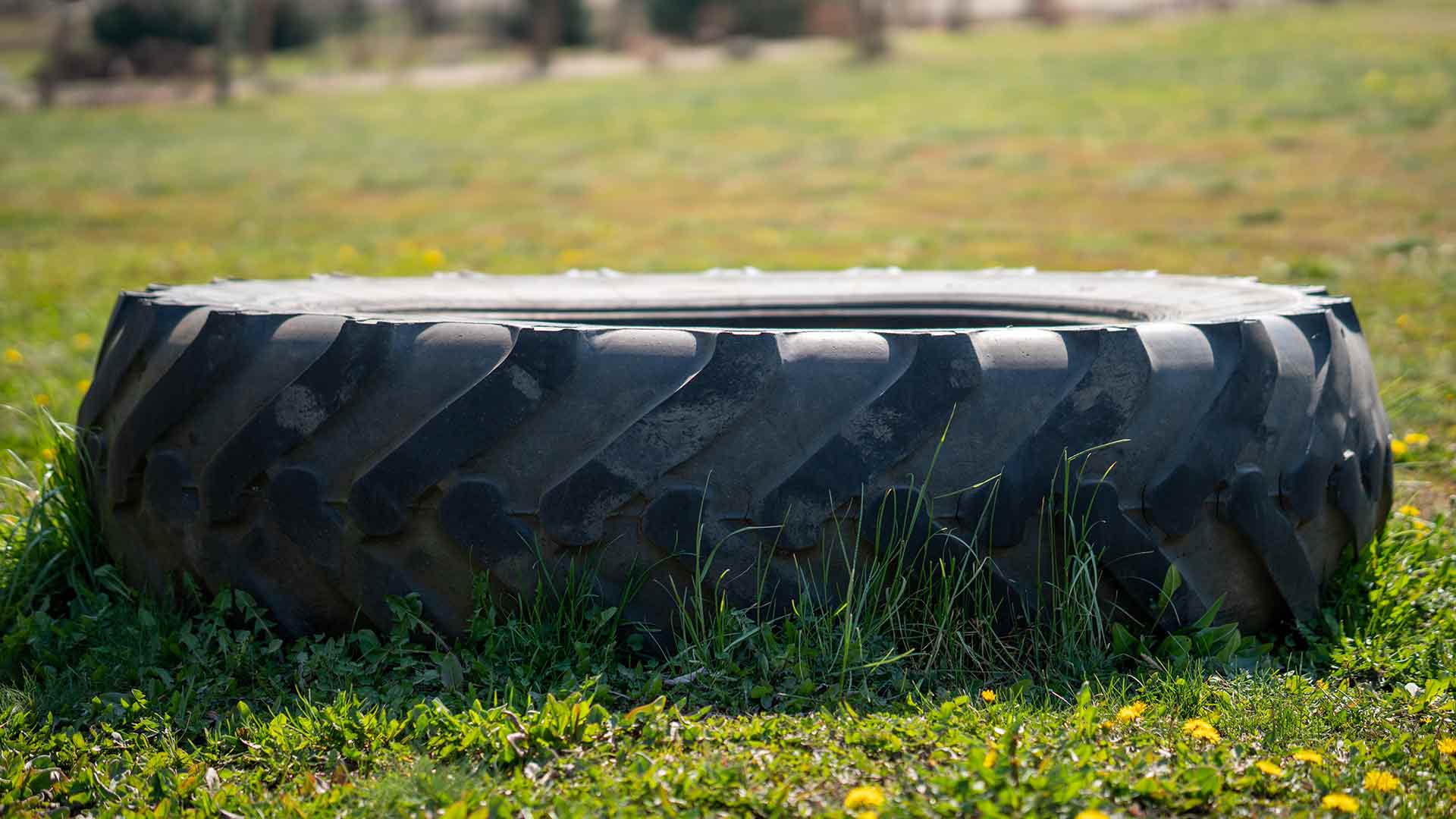



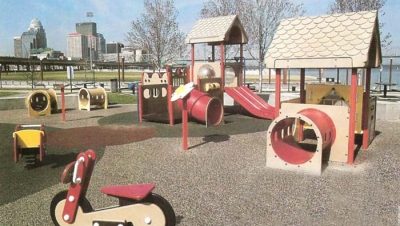


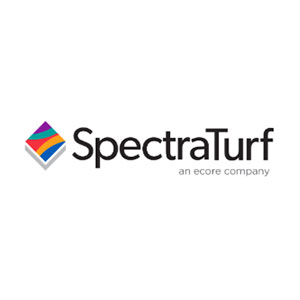
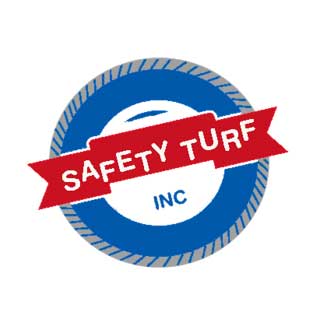



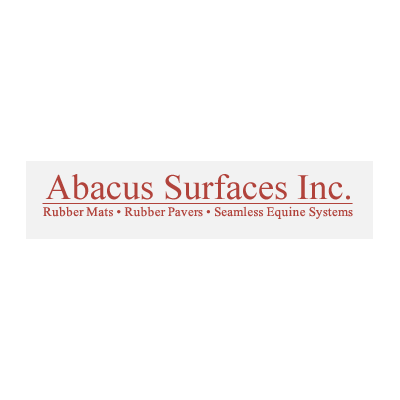
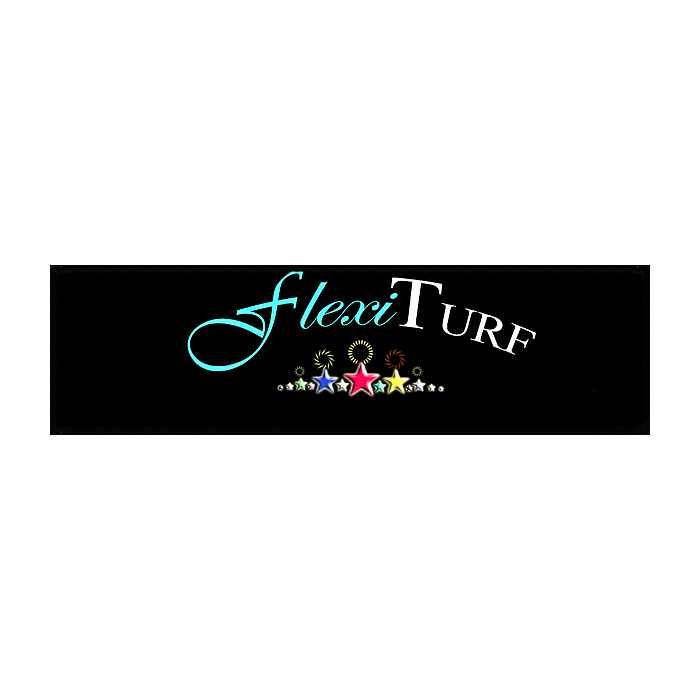
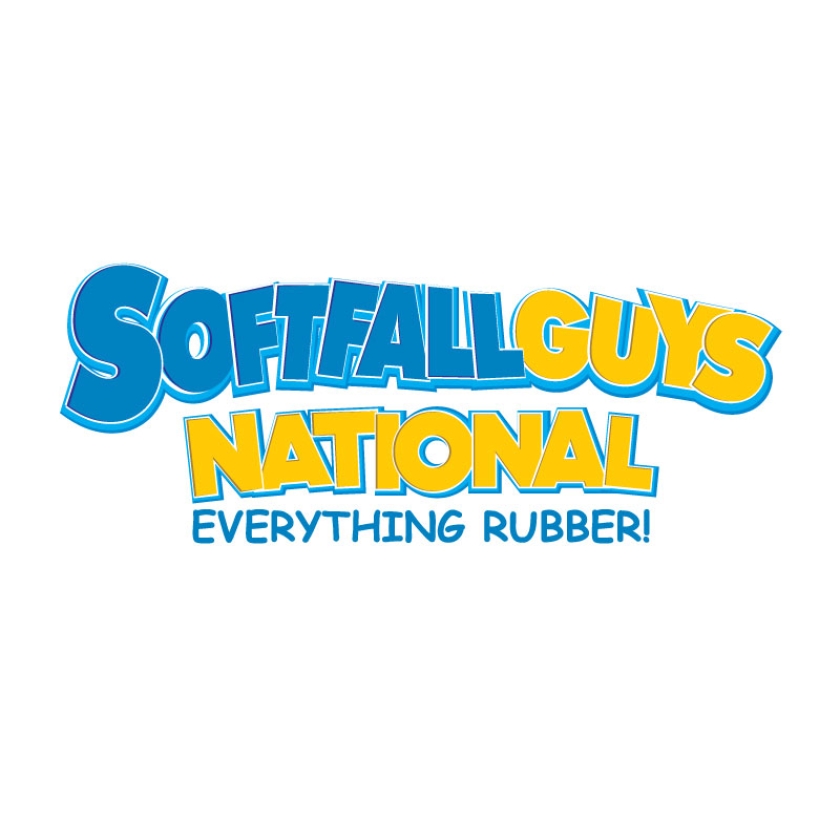
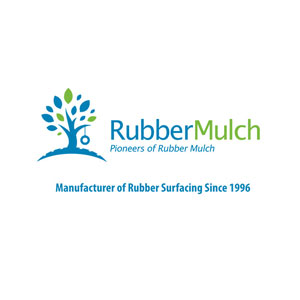
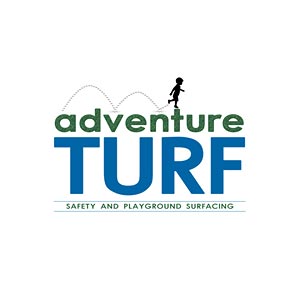


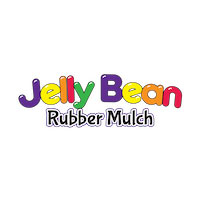
Thank you so much for yoru
Thank you so much for yoru comprehensive report.
Can you address the safety of painted rubber mulch nuggets . the manufacturere insists the paint does nto wear off over time .
Does the paitn ocating reduce or add to any risk? is it best to get painted or not painted?
thank you
Billie Cohen - landscape design
Very Informative, Thank You
Thanks for writing such an informative article. We've shared it with our readers at http://www.cityinspectionsoftware.com/know-history-rubber-mulch/ in the hopes that more professionals will benefit from it.